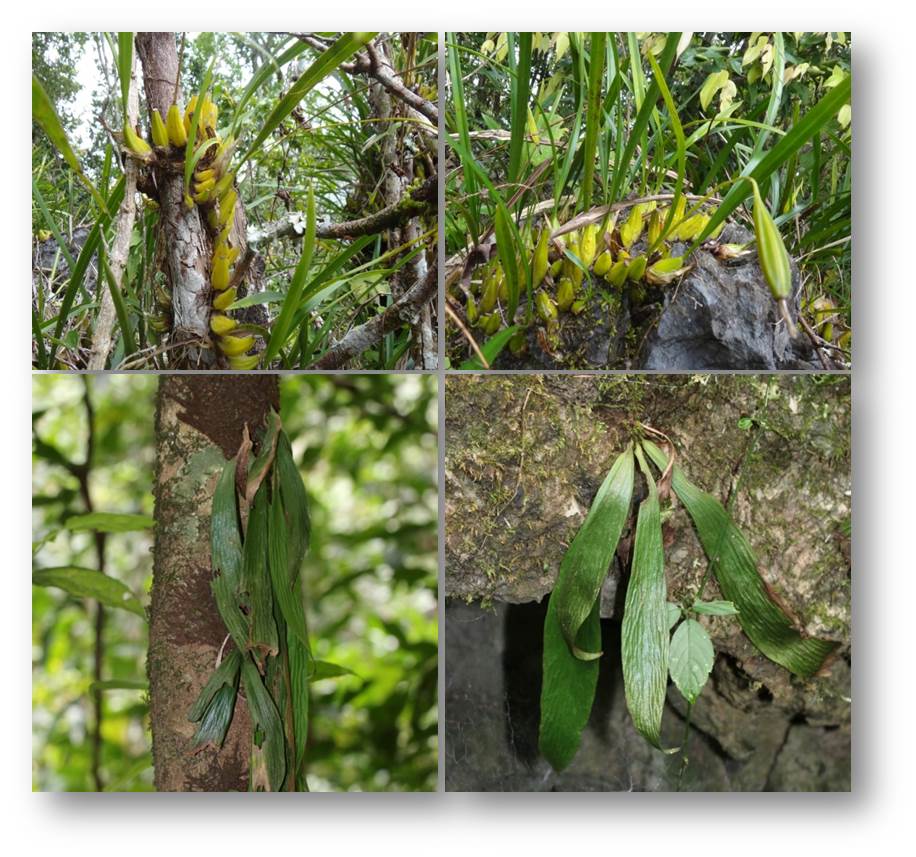Facultative epiphytes can use different substrates simultaneously, such as trees, rocks, or soil. They are ecotypes of the same species present on different substrates.
Understanding the stoichiometric characteristics of plants to a substrate shift is a key step in the use of a stoichiometric framework to predict ecosystem responses to environmental change. However, the stoichiometric and isotopic characteristics of plants on both rock and trunk substrates has not yet been studied.
In a study published in Environmental and Experimental Botany, researchers from Xishuangbanna Tropical Botanical Garden (XTBG) tried to determine how the stoichiometry and isotopy of facultative epiphytes respond to a substrate shift between rock and bark.
The researchers measured the foliar stoichiometric (N, P, K, Ca, Mg, S, Mn, Na, and Fe concentrations) and isotopic characteristics (δ13C and δ15N) of both the epiphytes and lithophytes of nine facultative epiphyte species in a karst forest in Xishuangbanna.
They then compared the stoichiometry and isotopy between the epiphytic and lithophytic individuals in the facultative epiphytes, and studied the possible causes of changes in elemental concentrations to substrate shifts.
They found that there were no significant differences in the concentrations of organically bound elements (P, N, and S) between the epiphytes and the lithophytes. However, the lithophytes were enriched inδ15N and Ca, and depleted in Fe, K, and Mn.
By comparing the stoichiometry and isotopy of facultative epiphytes on different substrates, the researchers detected the flexibility of non-organically bound elements for environmental changes. A substrate shift led to foliar stoichiometry differences between two ecotypes.
“The differences of element concentration and isotopy between the two ecotypes suggested stoichiometric and isotopic flexibility, which enabled facultative epiphytes to exploit rock and bark interchangeably,” said Dr. SONG Liang, principal investigator of the study.
Contact
LIU Wenyao Ph.D
Key Laboratory of Tropical Forest Ecology, Xishuangbanna Tropical Botanical Garden, Chinese Academy of Sciences, Mengla, Yunnan 666303, China
E-mail: liuwy@xtbg.ac.cn

Facultative epiphytes [epiphytes (L) , lithophytes (R) ] in tropical dwarf limestone forests in Xishuangbanna (Images by WU Yi)

